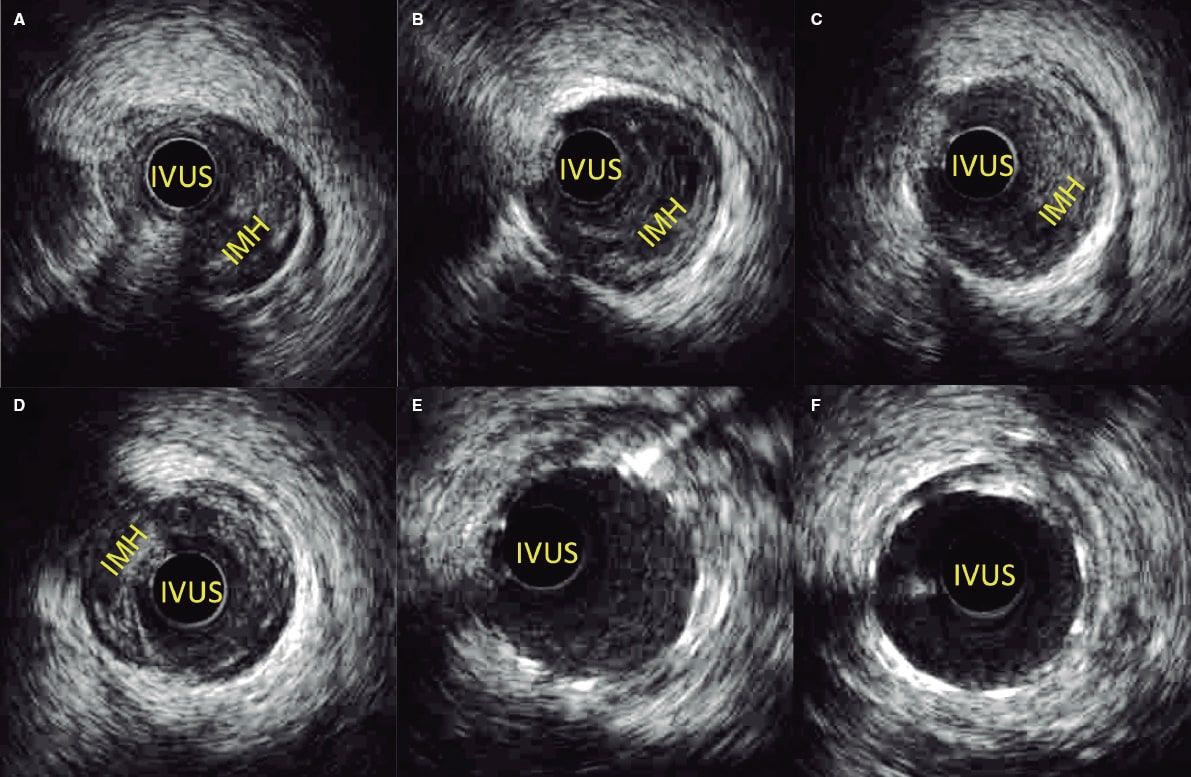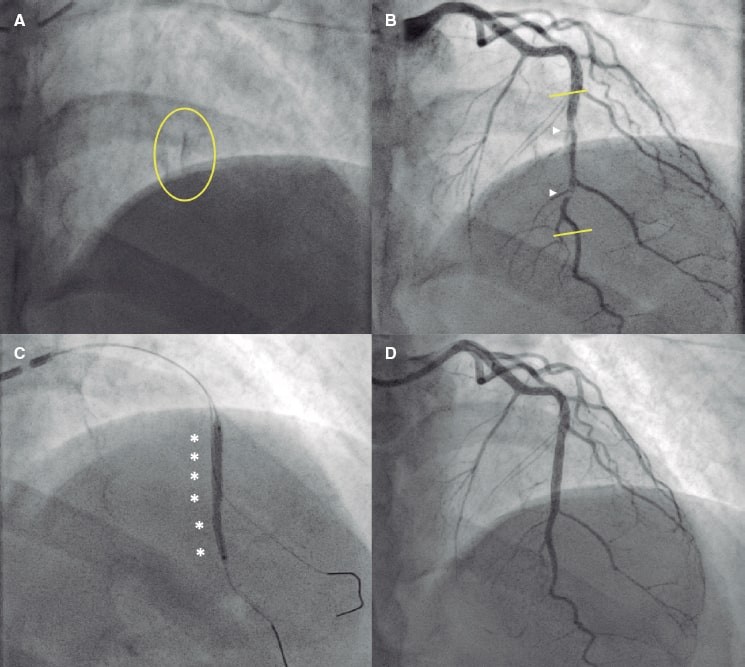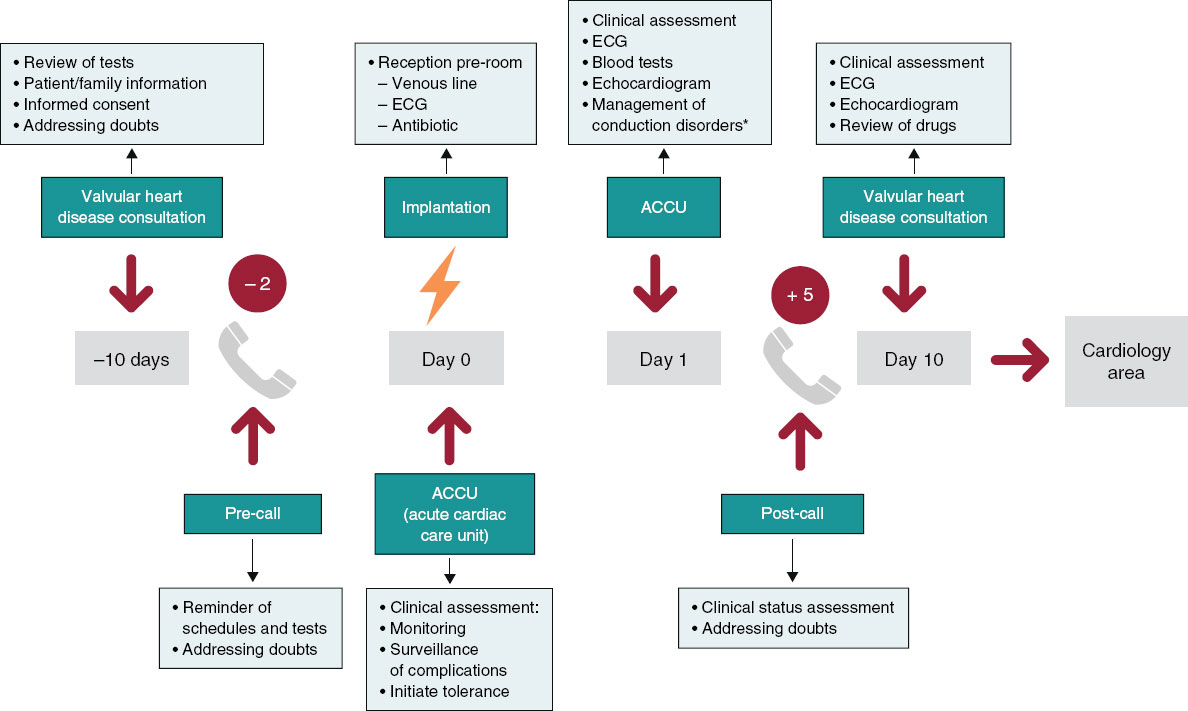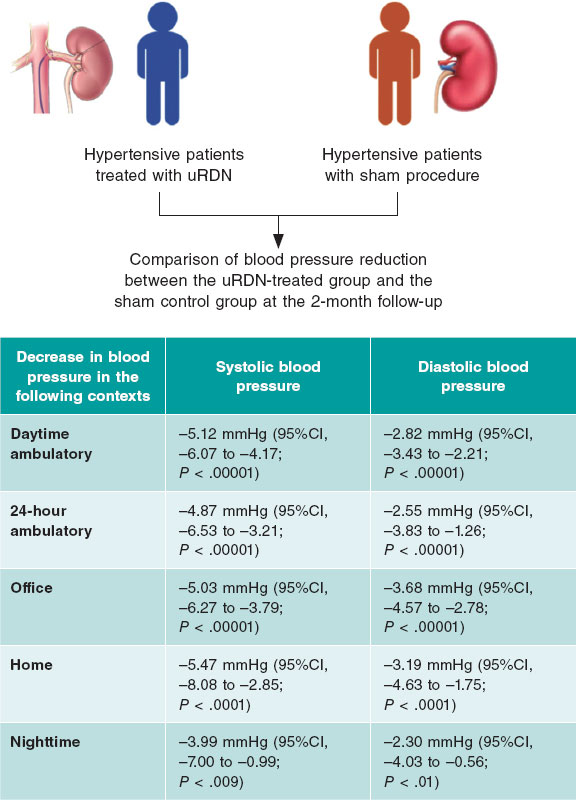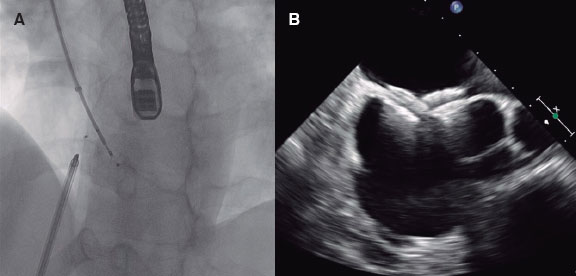| 1 x afterRenderModule mod_custom (Home Superior Izquierda -EN) (5.66MB) (15%) | 127ms |
| 1 x afterRenderComponent com_content (132.34KB) (10.39%) | 87.87ms |
| 1 x afterRenderModule mod_custom (Home Inferior Derecha -EN) (2.56MB) (9.01%) | 76.24ms |
| 1 x afterRender (998.73KB) (8.65%) | 73.14ms |
| 1 x afterInitialise (3.38MB) (6.79%) | 57.41ms |
| 1 x Before Access::getAssetRules (id:8 name:com_content) (1.11MB) (4.17%) | 35.24ms |
| 1 x afterRoute (909.18KB) (3.77%) | 31.86ms |
| 1 x afterRenderModule mod_custom (Home Debate Enlaces EN) (1.47MB) (3.19%) | 27.00ms |
| 1 x afterRenderModule mod_custom (Most read) (421.21KB) (3.08%) | 26.10ms |
| 1 x afterRenderModule mod_custom (Article Herramientas Estadísticas - ENG) (701.94KB) (2.87%) | 24.30ms |
| 1 x beforeRenderRawModule mod_breadcrumbs (Breadcrumbs EN) (1.25MB) (2.59%) | 21.92ms |
| 1 x afterRenderModule mod_custom (Most shared) (320.29KB) (2.56%) | 21.66ms |
| 1 x afterRenderModule mod_custom (Header Article -EN) (433.16KB) (1.98%) | 16.74ms |
| 1 x afterRenderModule mod_custom (Home Superior Derecha -EN) (991.34KB) (1.96%) | 16.60ms |
| 1 x afterRenderModule mod_custom (Article - Referencia ) (673KB) (1.21%) | 10.24ms |
| 1 x afterRenderModule mod_custom (Article Herramientas Traducción - ENG) (264.05KB) (1.04%) | 8.83ms |
| 1 x afterRenderRawModule mod_dms3_refs (Article Herramientas Exportar - ENG) (53.11KB) (1.01%) | 8.57ms |
| 1 x afterRenderModule mod_custom (Article DOI activo) (309.64KB) (0.92%) | 7.80ms |
| 1 x afterRenderModule mod_custom (Debate Title) (382.87KB) (0.92%) | 7.78ms |
| 1 x afterRenderModule mod_custom (Article Herramientas Compartir -EN) (301.69KB) (0.86%) | 7.25ms |
| 1 x afterRenderModule mod_custom (Caso clínico 2) (165.83KB) (0.81%) | 6.86ms |
| 1 x afterRenderModule mod_custom (Caso clínico 1) (165.83KB) (0.81%) | 6.84ms |
| 1 x Before Access::getAssetRules (id:1 name:root.1) (297KB) (0.79%) | 6.64ms |
| 1 x afterRenderModule mod_custom (Article Herramientas Material Adicional) (182.74KB) (0.78%) | 6.60ms |
| 1 x afterRenderModule mod_custom (Article - Comments Section) (114.59KB) (0.77%) | 6.52ms |
| 1 x afterRenderModule mod_custom (Innovacion Herramientas Compartir -EN) (212.54KB) (0.74%) | 6.25ms |
| 1 x afterRenderModule mod_custom (Article Category -EN) (213.91KB) (0.71%) | 6.04ms |
| 1 x afterRenderModule mod_custom (Article Related contents EN) (170.63KB) (0.68%) | 5.77ms |
| 1 x afterRenderModule mod_custom (Foto Autor) (153.12KB) (0.67%) | 5.69ms |
| 1 x afterDispatch (355.81KB) (0.67%) | 5.68ms |
| 1 x afterRenderModule mod_custom (Article Authors) (155.59KB) (0.67%) | 5.64ms |
| 1 x afterRenderModule mod_custom (Article Herramientas Descargar - ENG) (120.88KB) (0.65%) | 5.50ms |
| 1 x afterRenderModule mod_custom (Article Subtitulo) (152.79KB) (0.65%) | 5.48ms |
| 1 x afterRenderModule mod_custom (Article Translated Title) (151.7KB) (0.64%) | 5.38ms |
| 1 x afterRenderModule mod_custom (Article Title) (141.71KB) (0.59%) | 4.95ms |
| 1 x afterRenderModule mod_custom (Innovacion Herramientas Traducción EN) (142.7KB) (0.57%) | 4.79ms |
| 1 x afterRenderModule mod_custom (Innovacion Herramientas Estadísticas -EN) (131.52KB) (0.56%) | 4.73ms |
| 1 x afterRenderModule mod_custom (Separador) (121.71KB) (0.55%) | 4.64ms |
| 1 x afterRenderModule mod_custom (EMAIL Y TWITTER INGLES) (122.54KB) (0.55%) | 4.62ms |
| 1 x afterRenderModule mod_custom (Innovacion Herramientas Imprimir -EN) (121.2KB) (0.55%) | 4.62ms |
| 1 x afterRenderModule mod_custom (Article Herramientas Imprimir -EN) (121.35KB) (0.54%) | 4.56ms |
| 1 x After Access::preloadPermissions (com_content) (1000.61KB) (0.51%) | 4.31ms |
| 1 x afterLoad (73.26KB) (0.48%) | 4.08ms |
| 1 x beforeRenderRawModule mod_custom (Publication of Sociedad Española de Cardiología) (3.55KB) (0.21%) | 1.77ms |
| 1 x afterRenderRawModule mod_articles_good_search (Articles Good Search Total (Lateral) (EN)) (41.79KB) (0.17%) | 1.48ms |
| 1 x afterRenderRawModule mod_languages (Language Switcher) (8.33KB) (0.16%) | 1.37ms |
| 1 x afterRenderRawModule mod_breadcrumbs (Breadcrumbs EN) (49.38KB) (0.12%) | 1.01ms |
| 1 x After Access::preloadComponents (all components) (129.49KB) (0.11%) | 918μs |
| 1 x afterRenderRawModule mod_menu (About us) (22.11KB) (0.1%) | 842μs |
| 1 x beforeRenderRawModule mod_menu (Footer Final EN) (3.03KB) (0.1%) | 808μs |
| 1 x afterRenderRawModule mod_menu (Footer Final EN) (27.91KB) (0.1%) | 806μs |
| 1 x Before Access::preloadComponents (all components) (195.02KB) (0.09%) | 802μs |
| 1 x beforeRenderRawModule mod_custom (Article Herramientas Descargar - ENG) (5.77KB) (0.09%) | 794μs |
| 1 x afterRenderRawModule mod_menu (Content) (18.4KB) (0.09%) | 744μs |
| 1 x afterRenderRawModule mod_menu (Publish) (20.76KB) (0.09%) | 724μs |
| 1 x afterRenderRawModule mod_menu (Sidebar Menú EN) (14.85KB) (0.08%) | 674μs |
| 1 x beforeRenderRawModule mod_menu (Content) (4.41KB) (0.08%) | 668μs |
| 1 x afterRenderRawModule mod_menu (Sidebar - REC: Publications) (15.73KB) (0.07%) | 554μs |
| 1 x afterRenderRawModule mod_menu (Permanyer Publications) (10.02KB) (0.06%) | 473μs |
| 1 x afterRenderModule mod_custom (Home Concurso Hemodinamica EN) (4.48KB) (0.05%) | 418μs |
| 1 x beforeRenderRawModule mod_custom (Home Superior Izquierda -EN) (64B) (0.05%) | 389μs |
| 1 x afterRenderRawModule mod_esmedicodisclaimer (esmedicodisclaimer esmedicodisclaimer) (6.49KB) (0.05%) | 384μs |
| 1 x beforeRenderRawModule mod_custom (Article - Comments Section) (3.48KB) (0.05%) | 383μs |
| 1 x afterRenderModule mod_breadcrumbs (Breadcrumbs EN) (4.09KB) (0.04%) | 357μs |
| 1 x beforeRenderComponent com_content (12.31KB) (0.04%) | 349μs |
| 1 x afterRenderModule mod_articles_good_search (Articles Good Search Total (Lateral) (EN)) (10.48KB) (0.04%) | 346μs |
| 1 x afterRenderRawModule mod_custom (Header Article -EN) (3.95KB) (0.04%) | 339μs |
| 1 x afterRenderModule mod_custom (Publication of Sociedad Española de Cardiología) (3.31KB) (0.04%) | 313μs |
| 1 x beforeRenderRawModule mod_custom (Debate Title) (368B) (0.03%) | 283μs |
| 1 x afterRenderRawModule mod_lightbox (Lightbox) (7.35KB) (0.03%) | 279μs |
| 1 x beforeRenderRawModule mod_custom (Header Article -EN) (64B) (0.03%) | 263μs |
| 1 x beforeRenderRawModule mod_custom (Home Concurso Hemodinamica EN) (4.69KB) (0.03%) | 229μs |
| 1 x beforeRenderRawModule mod_custom (Home Superior Derecha -EN) (12.5KB) (0.02%) | 196μs |
| 1 x afterRenderModule mod_menu (Content) (3.17KB) (0.02%) | 187μs |
| 1 x afterRenderModule mod_languages (Language Switcher) (3.88KB) (0.02%) | 156μs |
| 1 x afterRenderModule mod_lightbox (Lightbox) (4.67KB) (0.02%) | 154μs |
| 1 x afterRenderModule mod_esmedicodisclaimer (esmedicodisclaimer esmedicodisclaimer) (5.39KB) (0.02%) | 152μs |
| 1 x afterRenderModule mod_custom (Article - Disponible Online -EN) (2.64KB) (0.02%) | 150μs |
| 1 x afterRenderModule mod_menu (Sidebar Menú EN) (2.92KB) (0.02%) | 149μs |
| 1 x afterRenderModule mod_menu (About us) (3.28KB) (0.02%) | 142μs |
| 1 x afterRenderModule mod_dms3_refs (Article Herramientas Exportar - ENG) (3.14KB) (0.02%) | 141μs |
| 1 x afterRenderModule mod_menu (Permanyer Publications) (3.11KB) (0.02%) | 138μs |
| 1 x afterRenderModule mod_menu (Sidebar - REC: Publications) (3.45KB) (0.02%) | 138μs |
| 1 x afterRenderModule mod_custom (Factor de Impacto EN) (2.84KB) (0.02%) | 137μs |
| 1 x afterRenderModule mod_menu (Footer Final EN) (3.67KB) (0.02%) | 136μs |
| 1 x afterRenderModule mod_menu (Publish) (3.42KB) (0.02%) | 135μs |
| 1 x beforeRenderRawModule mod_menu (About us) (400B) (0.02%) | 133μs |
| 1 x afterRenderRawModule mod_custom (Publication of Sociedad Española de Cardiología) (1.09KB) (0.02%) | 131μs |
| 1 x beforeRenderRawModule mod_menu (Publish) (1.38KB) (0.01%) | 127μs |
| 1 x beforeRenderRawModule mod_lightbox (Lightbox) (6.44KB) (0.01%) | 121μs |
| 1 x After Access::getAssetRules (id:1058 name:com_content.article.740) (8.3KB) (0.01%) | 118μs |
| 1 x beforeRenderRawModule mod_menu (Permanyer Publications) (272B) (0.01%) | 113μs |
| 1 x beforeRenderRawModule mod_languages (Language Switcher) (6.92KB) (0.01%) | 110μs |
| 1 x afterRenderRawModule mod_custom (Article Herramientas Descargar - ENG) (1.08KB) (0.01%) | 110μs |
| 1 x afterRenderRawModule mod_custom (Most shared) (912B) (0.01%) | 99μs |
| 1 x afterRenderRawModule mod_custom (Home Superior Derecha -EN) (928B) (0.01%) | 97μs |
| 1 x afterRenderRawModule mod_custom (Debate Title) (976B) (0.01%) | 95μs |
| 1 x afterRenderRawModule mod_custom (Article - Comments Section) (928B) (0.01%) | 93μs |
| 1 x afterRenderRawModule mod_custom (Home Superior Izquierda -EN) (928B) (0.01%) | 93μs |
| 1 x afterRenderRawModule mod_custom (Innovacion Herramientas Imprimir -EN) (992B) (0.01%) | 93μs |
| 1 x afterRenderRawModule mod_custom (Home Inferior Derecha -EN) (928B) (0.01%) | 92μs |
| 1 x afterRenderRawModule mod_custom (Home Debate Enlaces EN) (928B) (0.01%) | 91μs |
| 1 x afterRenderRawModule mod_custom (Article Translated Title) (992B) (0.01%) | 90μs |
| 1 x afterRenderRawModule mod_custom (Foto Autor) (1.02KB) (0.01%) | 90μs |
| 1 x afterRenderRawModule mod_custom (Article Herramientas Material Adicional) (944B) (0.01%) | 88μs |
| 1 x afterRenderRawModule mod_custom (Article DOI activo) (1.02KB) (0.01%) | 87μs |
| 1 x afterRenderRawModule mod_custom (Article - Disponible Online -EN) (2.22KB) (0.01%) | 87μs |
| 1 x afterRenderRawModule mod_custom (Innovacion Herramientas Estadísticas -EN) (944B) (0.01%) | 87μs |
| 1 x afterRenderRawModule mod_custom (Article Authors) (976B) (0.01%) | 86μs |
| 1 x afterRenderRawModule mod_custom (Article Related contents EN) (3.53KB) (0.01%) | 86μs |
| 1 x afterRenderRawModule mod_custom (Caso clínico 1) (1.14KB) (0.01%) | 86μs |
| 1 x afterRenderRawModule mod_custom (Factor de Impacto EN) (976B) (0.01%) | 86μs |
| 1 x afterRenderRawModule mod_custom (Article Herramientas Traducción - ENG) (1.05KB) (0.01%) | 86μs |
| 1 x afterRenderRawModule mod_custom (Article Herramientas Estadísticas - ENG) (944B) (0.01%) | 86μs |
| 1 x afterRenderRawModule mod_custom (Home Concurso Hemodinamica EN) (928B) (0.01%) | 85μs |
| 1 x afterRenderRawModule mod_custom (Article - Referencia ) (1.02KB) (0.01%) | 85μs |
| 1 x afterRenderRawModule mod_custom (Article Title) (976B) (0.01%) | 84μs |
| 1 x afterRenderRawModule mod_custom (Article Subtitulo) (976B) (0.01%) | 84μs |
| 1 x afterRenderRawModule mod_custom (EMAIL Y TWITTER INGLES) (1.03KB) (0.01%) | 84μs |
| 1 x afterRenderRawModule mod_custom (Caso clínico 2) (1.14KB) (0.01%) | 84μs |
| 1 x afterRenderRawModule mod_custom (Innovacion Herramientas Traducción EN) (1.05KB) (0.01%) | 84μs |
| 1 x afterRenderRawModule mod_custom (Innovacion Herramientas Compartir -EN) (928B) (0.01%) | 84μs |
| 1 x afterRenderRawModule mod_custom (Article Herramientas Compartir -EN) (928B) (0.01%) | 83μs |
| 1 x afterRenderRawModule mod_custom (Separador) (1.02KB) (0.01%) | 82μs |
| 1 x afterRenderRawModule mod_custom (Most read) (11.89KB) (0.01%) | 81μs |
| 1 x afterRenderRawModule mod_custom (Article Herramientas Imprimir -EN) (928B) (0.01%) | 80μs |
| 1 x afterRenderRawModule mod_custom (Article Category -EN) (1.02KB) (0.01%) | 77μs |
| 1 x Before Access::getAssetRules (id:1058 name:com_content.article.740) (34.65KB) (0.01%) | 50μs |
| 1 x beforeRenderRawModule mod_articles_good_search (Articles Good Search Total (Lateral) (EN)) (9.75KB) (0%) | 40μs |
| 1 x beforeRenderRawModule mod_custom (Factor de Impacto EN) (13.11KB) (0%) | 38μs |
| 1 x beforeRenderRawModule mod_esmedicodisclaimer (esmedicodisclaimer esmedicodisclaimer) (2.23KB) (0%) | 33μs |
| 1 x beforeRenderRawModule mod_custom (Home Debate Enlaces EN) (4.86KB) (0%) | 33μs |
| 1 x beforeRenderRawModule mod_custom (Article Translated Title) (1.61KB) (0%) | 32μs |
| 1 x beforeRenderRawModule mod_custom (Home Inferior Derecha -EN) (12.86KB) (0%) | 32μs |
| 1 x beforeRenderRawModule mod_custom (Foto Autor) (1.69KB) (0%) | 31μs |
| 1 x beforeRenderRawModule mod_custom (Most shared) (1.88KB) (0%) | 30μs |
| 1 x beforeRenderRawModule mod_custom (Article Herramientas Material Adicional) (9.47KB) (0%) | 30μs |
| 1 x beforeRenderRawModule mod_custom (Article - Disponible Online -EN) (1.98KB) (0%) | 29μs |
| 1 x beforeRenderRawModule mod_custom (Article Authors) (1.5KB) (0%) | 28μs |
| 1 x beforeRenderRawModule mod_custom (Article DOI activo) (1.22KB) (0%) | 27μs |
| 1 x beforeRenderRawModule mod_custom (Innovacion Herramientas Estadísticas -EN) (6.34KB) (0%) | 27μs |
| 1 x beforeRenderRawModule mod_custom (Article Related contents EN) (1.36KB) (0%) | 26μs |
| 1 x beforeRenderRawModule mod_custom (Innovacion Herramientas Traducción EN) (1.91KB) (0%) | 26μs |
| 1 x beforeRenderRawModule mod_custom (Caso clínico 1) (2KB) (0%) | 25μs |
| 1 x beforeRenderRawModule mod_custom (Article Herramientas Traducción - ENG) (1.22KB) (0%) | 25μs |
| 1 x beforeRenderRawModule mod_custom (Article Subtitulo) (1.38KB) (0%) | 25μs |
| 1 x beforeRenderRawModule mod_custom (Article - Referencia ) (1.61KB) (0%) | 24μs |
| 1 x beforeRenderRawModule mod_custom (Caso clínico 2) (2.72KB) (0%) | 24μs |
| 1 x beforeRenderRawModule mod_dms3_refs (Article Herramientas Exportar - ENG) (2.66KB) (0%) | 24μs |
| 1 x beforeRenderRawModule mod_custom (Innovacion Herramientas Compartir -EN) (576B) (0%) | 24μs |
| 1 x beforeRenderRawModule mod_custom (Article Herramientas Compartir -EN) (4.02KB) (0%) | 24μs |
| 1 x beforeRenderRawModule mod_custom (Article Herramientas Estadísticas - ENG) (9KB) (0%) | 24μs |
| 1 x beforeRenderRawModule mod_custom (Article Title) (1.44KB) (0%) | 24μs |
| 1 x beforeRenderRawModule mod_menu (Sidebar Menú EN) (NANB) (0%) | 24μs |
| 1 x beforeRenderRawModule mod_custom (EMAIL Y TWITTER INGLES) (1.64KB) (0%) | 24μs |
| 1 x beforeRenderRawModule mod_custom (Separador) (1.75KB) (0%) | 24μs |
| 1 x beforeRenderRawModule mod_custom (Innovacion Herramientas Imprimir -EN) (1.36KB) (0%) | 23μs |
| 1 x beforeRenderRawModule mod_menu (Sidebar - REC: Publications) (880B) (0%) | 22μs |
| 1 x beforeRenderRawModule mod_custom (Article Herramientas Imprimir -EN) (1.52KB) (0%) | 22μs |
| 1 x beforeRenderRawModule mod_custom (Most read) (2.64KB) (0%) | 20μs |
| 1 x After Access::getAssetRules (id:1 name:root.1) (6.48KB) (0%) | 20μs |
| 1 x beforeRenderRawModule mod_custom (Article Category -EN) (800B) (0%) | 18μs |
| 1 x beforeRenderModule mod_breadcrumbs (Breadcrumbs EN) (704B) (0%) | 13μs |
| 1 x Before Access::preloadPermissions (com_content) (1.79KB) (0%) | 11μs |
| 1 x After Access::getAssetRules (id:8 name:com_content) (1.28KB) (0%) | 11μs |
| 1 x beforeRenderModule mod_dms3_refs (Article Herramientas Exportar - ENG) (736B) (0%) | 5μs |
| 1 x beforeRenderModule mod_custom (Home Superior Izquierda -EN) (736B) (0%) | 4μs |
| 1 x beforeRenderModule mod_lightbox (Lightbox) (720B) (0%) | 4μs |
| 1 x beforeRenderModule mod_languages (Language Switcher) (704B) (0%) | 4μs |
| 1 x beforeRenderModule mod_menu (Sidebar Menú EN) (720B) (0%) | 4μs |
| 1 x beforeRenderModule mod_menu (Content) (704B) (0%) | 4μs |
| 1 x beforeRenderModule mod_esmedicodisclaimer (esmedicodisclaimer esmedicodisclaimer) (752B) (0%) | 4μs |
| 1 x beforeRenderModule mod_menu (Publish) (704B) (0%) | 4μs |
| 1 x beforeRenderModule mod_menu (About us) (704B) (0%) | 4μs |
| 1 x beforeRenderModule mod_menu (Footer Final EN) (720B) (0%) | 4μs |
| 1 x beforeRenderModule mod_custom (Header Article -EN) (720B) (0%) | 4μs |
| 1 x beforeRenderModule mod_custom (Debate Title) (720B) (0%) | 4μs |
| 1 x beforeRenderModule mod_articles_good_search (Articles Good Search Total (Lateral) (EN)) (752B) (0%) | 4μs |
| 1 x beforeRenderModule mod_menu (Permanyer Publications) (720B) (0%) | 4μs |
| 1 x beforeRenderModule mod_custom (Article - Disponible Online -EN) (736B) (0%) | 3μs |
| 1 x beforeRenderModule mod_custom (Article Category -EN) (720B) (0%) | 3μs |
| 1 x beforeRenderModule mod_custom (Article - Referencia ) (720B) (0%) | 3μs |
| 1 x beforeRenderModule mod_custom (Foto Autor) (720B) (0%) | 3μs |
| 1 x beforeRenderModule mod_custom (Article Authors) (720B) (0%) | 3μs |
| 1 x beforeRenderModule mod_custom (Caso clínico 2) (720B) (0%) | 3μs |
| 1 x beforeRenderModule mod_custom (Home Superior Derecha -EN) (736B) (0%) | 3μs |
| 1 x beforeRenderModule mod_custom (Home Inferior Derecha -EN) (736B) (0%) | 3μs |
| 1 x beforeRenderModule mod_custom (Publication of Sociedad Española de Cardiología) (752B) (0%) | 3μs |
| 1 x beforeRenderModule mod_custom (Home Concurso Hemodinamica EN) (736B) (0%) | 3μs |
| 1 x beforeRenderModule mod_menu (Sidebar - REC: Publications) (736B) (0%) | 3μs |
| 1 x beforeRenderModule mod_custom (Most shared) (720B) (0%) | 3μs |
| 1 x beforeRenderModule mod_custom (Article Herramientas Descargar - ENG) (736B) (0%) | 3μs |
| 1 x beforeRenderModule mod_custom (Article Herramientas Traducción - ENG) (736B) (0%) | 3μs |
| 1 x beforeRenderModule mod_custom (Innovacion Herramientas Traducción EN) (736B) (0%) | 3μs |
| 1 x beforeRenderModule mod_custom (Article Herramientas Imprimir -EN) (736B) (0%) | 3μs |
| 1 x beforeRenderModule mod_custom (Innovacion Herramientas Imprimir -EN) (736B) (0%) | 3μs |
| 1 x beforeRenderModule mod_custom (Separador) (720B) (0%) | 3μs |
| 1 x beforeRenderModule mod_custom (Innovacion Herramientas Compartir -EN) (736B) (0%) | 3μs |
| 1 x beforeRenderModule mod_custom (Article Herramientas Compartir -EN) (736B) (0%) | 3μs |
| 1 x beforeRenderModule mod_custom (Innovacion Herramientas Estadísticas -EN) (752B) (0%) | 3μs |
| 1 x beforeRenderModule mod_custom (Article Herramientas Estadísticas - ENG) (752B) (0%) | 3μs |
| 1 x beforeRenderModule mod_custom (Article Herramientas Material Adicional) (736B) (0%) | 3μs |
| 1 x beforeRenderModule mod_custom (Article DOI activo) (720B) (0%) | 3μs |
| 1 x beforeRenderModule mod_custom (Article Subtitulo) (720B) (0%) | 3μs |
| 1 x beforeRenderModule mod_custom (Article Translated Title) (736B) (0%) | 3μs |
| 1 x beforeRenderModule mod_custom (Article - Comments Section) (736B) (0%) | 3μs |
| 1 x beforeRenderModule mod_custom (Caso clínico 1) (720B) (0%) | 3μs |
| 1 x beforeRenderModule mod_custom (Home Debate Enlaces EN) (720B) (0%) | 3μs |
| 1 x beforeRenderModule mod_custom (Factor de Impacto EN) (720B) (0%) | 3μs |
| 1 x beforeRenderModule mod_custom (EMAIL Y TWITTER INGLES) (720B) (0%) | 3μs |
| 1 x beforeRenderModule mod_custom (Article Related contents EN) (736B) (0%) | 2μs |
| 1 x beforeRenderModule mod_custom (Article Title) (720B) (0%) | 2μs |
| 1 x beforeRenderModule mod_custom (Most read) (720B) (0%) | 2μs |



